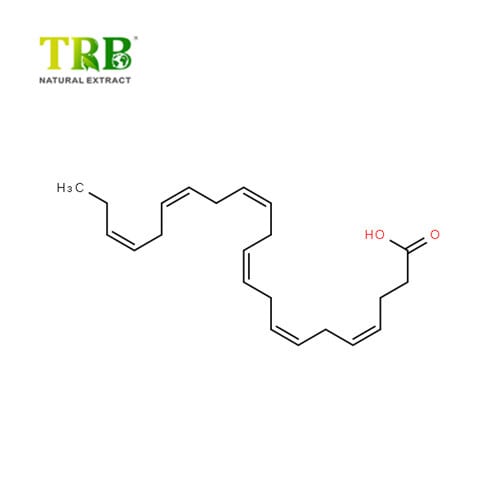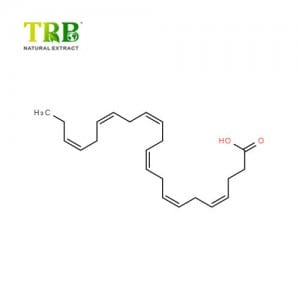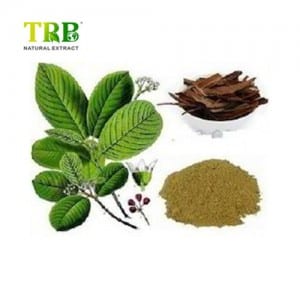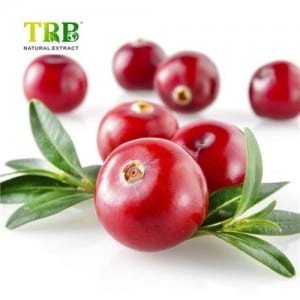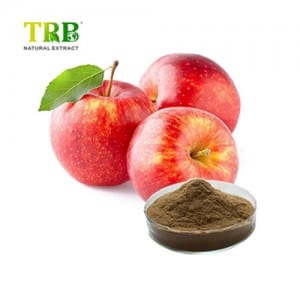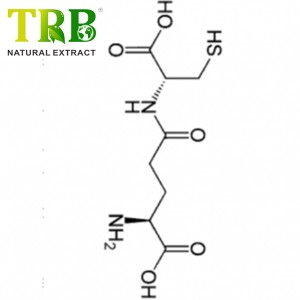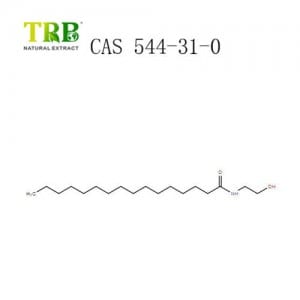With superior technologies and facilities, strict quality command, reasonable cost, exceptional provider and close co-operation with customers, we’ve been devoted to delivering the best benefit for our buyers for EPA Powder 10% Fish Oil Powder, At present, business name has additional than 4000 kinds of merchandise and gained good status and big shares on current market domestic and abroad.
With superior technologies and facilities, strict quality command, reasonable cost, exceptional provider and close co-operation with customers, we’ve been devoted to delivering the best benefit for our buyers for China EPA Powder 10% and DHA, We hope we can establish long-term cooperation with all of the customers, and hope we can improve competitiveness and achieve the win-win situation together with the customers. We sincerely welcome the customers from all over the world to contact us for anything you want!Welcome all customers both at home and abroad to visit our factory. We hope to have win-win business relationships with you, and create a better tomorrow.
Docosahexaenoic acid (DHA) is an omega3 fatty acid that is a primary structural componentcerebral cortex, skin, sperm, testicles and retina. It can be synthesized from alphalinolenic acid or obtained directly from maternal milk or fish oil.DHA’s structure is a carboxylic acid(~oic acid) with a 22carbon chain and six cis double bonds .the first double bond is located at the third carbon from the omega end.[3] Itstrivial name is cervonic acid, its systematic name is all-cis-docosa-4,7,10,13,16,19-hexa-enoic acid, and its shorthand name is 22:6(n-3) in the nomenclature of fatty acids.
The essential n-3 fatty acid α linolenic acid (C18:3) serves as an energy carrier and precursor for the synthesis ofEPA (C20:5) and DHA (C22:6) into which it is converted by chain elongation and introduction of extra double bonds. EPA is an important component of the phospholipids of cell membranes and lipoproteins. It also serves as a precursor in the synthesis of eicosanoids, which have a regulatory function on tissue hormones. DHA is a structural component in the cell membranes, particularly the nervous tissue of the brain, and plays an important role both for the synapses and the cells of the retina.
The conversion of α-linolenic acid to its long-chain derivatives EPA and DHA may not be sufficient to maintain optimal body functions. The limited conversion is mainly due to a dramatic change in eating habits during the past 150 years, resulting in increased n-6 PUFA intake and concomitant decrease in n-3 LCPUFA
consumption in most industrialized countries. Therefore, the n-6 to n-3 ratio in our diet has changed from 2:1 to about 10 – 20:1. This change accounts for the inadequate biosynthesis of the biologically active n-3 PUFA, EPA, and DHA, as n6 and n 3 PUFA compete for the same desaturase and elongase enzyme systems.EPA-derived eicosanoids affect immunological processes and fulfill anti-inflammatory functions. In addition, n-3 fatty acids have “noneicosanoid” functions attributed to their physical properties. They are able to modify the membrane fluidity, which is of particular relevance in terms of erythrocytes.
Product Name:DHA /Docosahexaenoic acid
Other Name: Cervonic acid, DHA Powder
CAS No:6217-54-5
Molecule Formula: C22H32O2
Molecule Weight: 328.49
Specification:DHA Powder7%, 10%
DHA oil 35%,40%,50%,
Appearance:White to Light Yellow Powder or oil with characteristic odor and taste
GMO Status:GMO Free
Packing: in 25kgs fiber drums
Storage:Keep container unopened in cool, dry place,Keep away from strong light
Shelf Life:24 months from date of production
Function:
–DHA is widely used as a food supplement,it was first used primarily in infant formulas,to promote fetal brain development.
–DHA has the antioxidant and anti-aging function.
–DHA can improve Blood Circulation,and lower blood pressure,it can prevention and cure cerebral thrombosis
–DHA also can reducing blood fat.
Application:
Food products:
The product is suitable for enrichment of basic food products especially dairy-based products.
Dietetic products:
The product is suitable in particular for enrichment of infant formula and maternal nutrition products where is a specific need for DHA supplementation.
